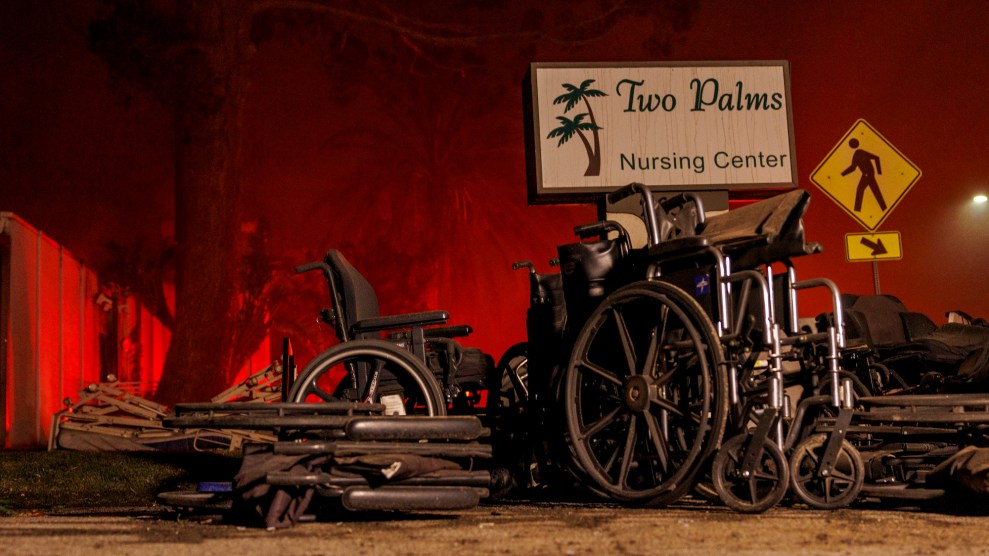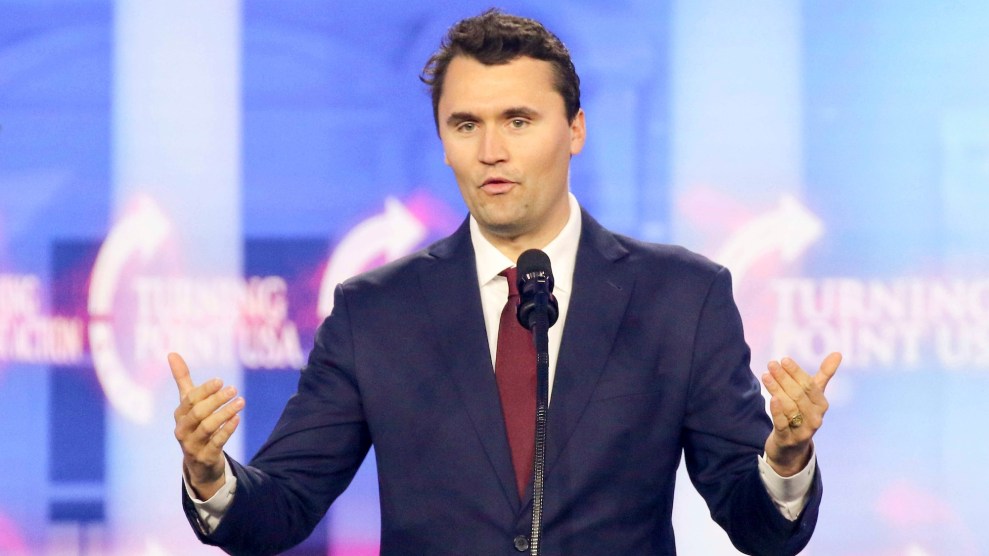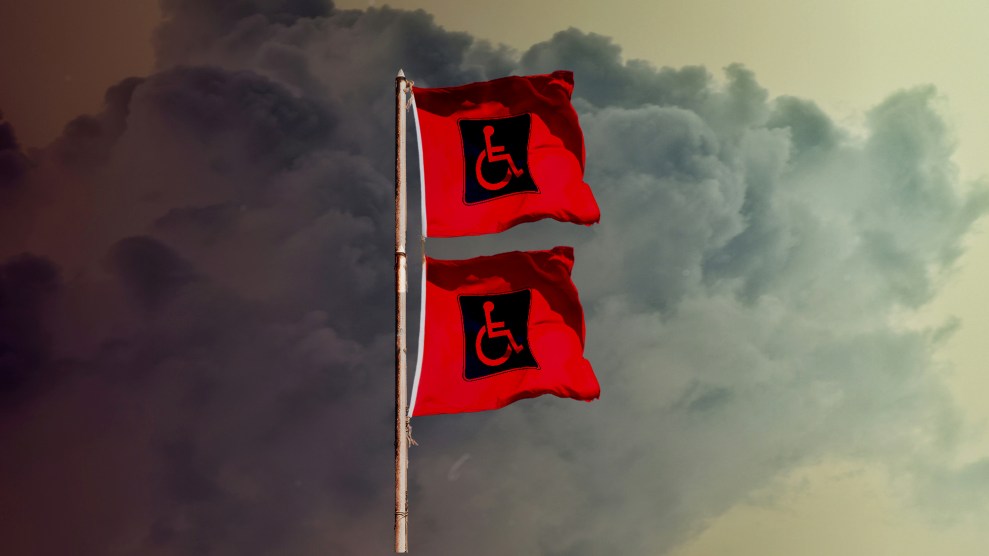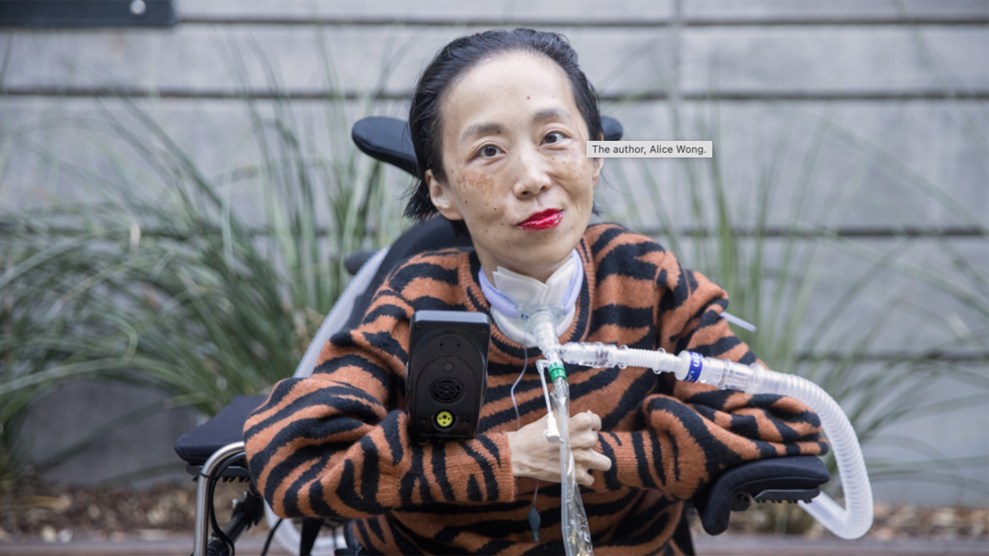
Abandoned wheelchairs outside the Two Palms Nursing Center in Altadena, Calif.Gina Ferazzi/Los Angeles Times/Getty
On January 8, after multiple wildfires erupted in Los Angeles, a father who was an amputee, and his son, who had cerebral palsy—both wheelchair users—died while waiting for assistance to leave their home. Two days later, on January 10, a woman described as bedridden also died from smoke inhalation and thermal injuries. They were three of many.
Research has shown that disabled people are two to four times more likely to die in climate disasters, including wildfires; among other factors, disabled and aging people are less likely to have access to cars, which leaves them vulnerable when large fires strike. In the 2023 Hawaii wildfires, which devastated the community of Lahaina, two-thirds of the 102 people who died were 60 and older. The average age of the 85 people who died in California’s 2018 Camp Fire was 72.
These deaths are not inevitable: they’re the result of gaps left by local governments and emergency services, ones communities can play a large role in filling. “Bystander intervention is always important, especially in emergencies,” Gabrielle Peters, a disabled policy analyst and writer, told Mother Jones. “The public needs to understand that whatever planning and services are in place that do exist have almost certainly not considered a myriad of disabled people’s needs.”
“The assumption is always that the disabled person lacks knowledge. They may have all the knowledge and then some.”
A 2019 audit of California’s natural disaster planning acknowledged major failures in both county-level evacuation efforts and in the state’s limited oversight of such plans. In fact, unlike other large states like Texas and Florida, California didn’t even “establish standards for and periodically review local jurisdictions’ emergency management plans”; despite then-recent, serious wildfires in all three counties audited, none went on to ” assess the resources needed to assist people with access and functional needs during a natural disaster, such as accessible transportation and shelter resources,” and “did not involve community representatives” who could have helped.
In 2020, in response to that audit, the California legislature required its Office of Emergency Services to review a minimum of 10 local emergency plans a year. As of 2020, Los Angeles County’s emergency manager has been expected to work with “local, state, and federal partners to support planning” and “coordinate assistance.” Beyond a guide meant to help disabled people prepare for emergencies, the county maintains no readily available public information on how it will help people evacuate, instead encouraging people to find potential rides in advance. That’s where neighbors are left to step in.
Marcalee Alexander, a physician, is the president of Sustain Our Abilities, a nonprofit that focuses on climate change and disability, developed the Day for Tomorrow, an annual event involving community gatherings where neighbors get to know each other and their needs.
“If you know the people in your community, then you’re going to know the lady next door is ninety-five,” Alexander said, “and she needs help because her children aren’t visiting her all the time.”
Granny Ruth Robertson, who organizes with San Francisco Bay Area Raging Grannies, says that knocking on doors to form relationships, especially during power outages—which can be deadly for disabled people and older adults—lays the groundwork for better support when climate disasters hit. “We’d like to see people check in with elders in their neighborhoods,” Robertson says; many elders of the Silent Generation, she explains, were raised with the expectation that they would keep problems to themselves.
What individuals in disaster-struck areas like Los Angeles can do that counties and states can’t—or won’t—is figure out their communities’ access needs and incorporate them into evacuation plans. Peters emphasized that disabled people disproportionately live in poverty and that popular advice like stashing a go-bag with spare supplies in advance is not feasible for many.
Approaching conversations from an access standpoint can be useful: “When you’re focused on the barrier, and you’re offering to help remove that barrier,” said Sheri Byrne-Haber, a California-based disability advocate and digital accessibility expert, “it’s not going to ‘other’ people with disabilities or make them feel bad or make them feel needy.”
Peters also recommends a “reach in” approach: not to assume a disabled person has no plan, but to ask about any plans they’ve already considered; and about practical considerations like their medical requirements and typical daily needs, especially under conditions like poor air quality.
“The assumption is always that the disabled person lacks knowledge,” Peters said. “They may have all the knowledge and then some, and they may have knowledge that will save you and will help you and your disaster planning. You are there to listen, learn and problem-solve together.”
To do so, Peters says, means being “ready also to be creative with how you communicate.” When working with people with intellectual and developmental disabilities, and others with symptoms like brain fog, that can mean relying on simple language. Peters says disaster preparation can take many forms—like checklists, photos, illustrated how-tos, and non-visual plans, such as audio, for people who are Blind.
Above all, according to Peters, in life-or-death situations, harm reduction is key: “Depending on the level of danger, you make different decisions.”
“If the choice is you’re going to throw me into the back of your truck that’s going to cause me potentially fracture some bone or leave me to die, you fracture my bones,” Peters says.

















